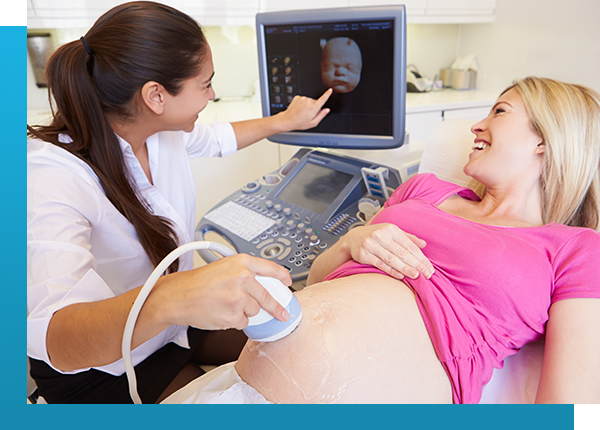Ketamine Infusions
Ketamine Infusions for nerve pain

Ketamine Infusions
Ketamine is a medication that was approved in the 1970 primarily used for starting and maintaining anesthesia. It induces dissociative anesthesia, a trance-like state providing pain relief, sedation, and amnesia. The distinguishing features of ketamine anesthesia are preserved breathing and airway reflexes, stimulated heart function with increased blood pressure, and moderate bronchodilation. At lower, sub-anesthetic doses, ketamine provides powerful pain relief, especially for various neuropathic pain conditions. Treatment resistant pain may also benefit from the use of ketamine. Using ketamine during and after surgery may reduce use of opioids. Use of ketamine for depression has become very wide spread,
Psychiatric side effects are frequent as well as raised blood pressure and nausea. Liver and urinary toxicity are common among regular users of high doses of ketamine for recreational purposes. Ketamine is an NMDA receptor antagonist, and that accounts for most of its actions. It is unclear the mechanism of action for its anti-depressive action.
Ketamine has been used extensively in adverse conditions like war fields, mass causality, etc as it tends not to depress respiration, and maintain blood pressure. It can be used safely under supervision.
Medical Uses

Anesthesia
The use of ketamine in anesthesia reflects its characteristics. It is a drug of choice for short-term procedures when the muscle relaxation is not required. The effect of ketamine on the respiratory and circulatory systems is different from that of other anesthetics. It suppresses breathing much less than most other available anesthetics. When used at anesthetic doses, ketamine usually stimulates rather than depresses the circulatory system.
Ketamine is frequently used in severely injured people and appears to be safe in this group. It has been widely used for emergency surgery in field conditions in war zones. A 2011 clinical practice guideline supports the use of ketamine as a sedative in emergency medicine, including during physically painful procedures. It is the drug of choice for people in traumatic shock who are at risk of hypotension. Low blood pressure is harmful in people with severe head injury.
Ketamine can be used safely in children and patients with respiratory issues.

Pain
Ketamine infusions are used for the acute pain treatment in emergency departments and in the perioperative period in individuals with refractory pain. The doses are lower than those used for anesthesia; they are usually referred to as sub-anesthetic doses. Adjunctive to morphine or on its own, ketamine reduces morphine use, pain level, nausea, and vomiting after surgery. Ketamine is likely to be most beneficial for surgical patients when severe post-operative pain, as is expected for opioid-tolerant patients.
Ketamine is especially useful in the prehospital setting, due to its effectiveness and low risk of respiratory depression. Ketamine has similar efficacy to opioids in a hospital emergency department setting for management of acute pain and for control of procedural pain. It may also prevent opioid-induced hyperalgesia, an extremely painful condition
For chronic pain, ketamine is used as an intravenous analgesic, particularly, if the pain is neuropathic. It has the added benefit of counteracting spinal sensitization or wind-up phenomena experienced with chronic pain. Evidence of use of ketamine in CRPS is the strongest and has had very good, long lasting results.
Before ketamine is administered for chronic nerve pain, in an outpatient setting, it is essential to have medical clearance, cardiac evaluation and assess liver function tests. Also, all infusions must be supervised and a trained nurse be present during the infusion.

Depression
There is increasing use of ketamine in severe resistant depression. The results may not be consistent and long lasting. It is not approved for use for depression. The FDA has given the esketamine (S enantiomer) variant for treatment-resistant depression, in combination with another oral antidepressant, a nod of approval. Ketamine's recreational use is not authorized by the FDA.

Contraindications
Main contraindications for ketamine:
Severe cardiovascular disease such as unstable angina or poorly controlled hypertension
Increased intracranial or intraocular pressure. Both of these contraindications are controversial
Poorly controlled psychosis
Severe liver disease such as cirrhosis
Pregnancy
Active substance use disorder (for serial ketamine injections)
Those who have shown hypersensitivity to ketamine
Patients with schizophrenia
Since 2004, our company has strived to deliver long-term pain relieving treatments. Our experienced and professional team at the Center for Pain Management has the expertise to administer this drug and optimize its effectiveness, while minimizing the potential for negative reactions and effects. Our trained nurses know the contraindications and indications of ketamine, and will take every precaution to ensure your health and safety. If you have any concerns about this treatment, please don’t hesitate to reach out to us.
Ketamine infusions are only one of the many solutions we offer. If you think that this is the treatment for you, contact us today and we can further discuss what you can expect. We will provide you with detailed information on the procedures, possible side effects, and benefits to ketamine infusions. We know that you may have many questions and our knowledgeable team at the Center for Pain Management is always available to answer them for you. Contact us today so we can evaluate and treat your pain accordingly.
